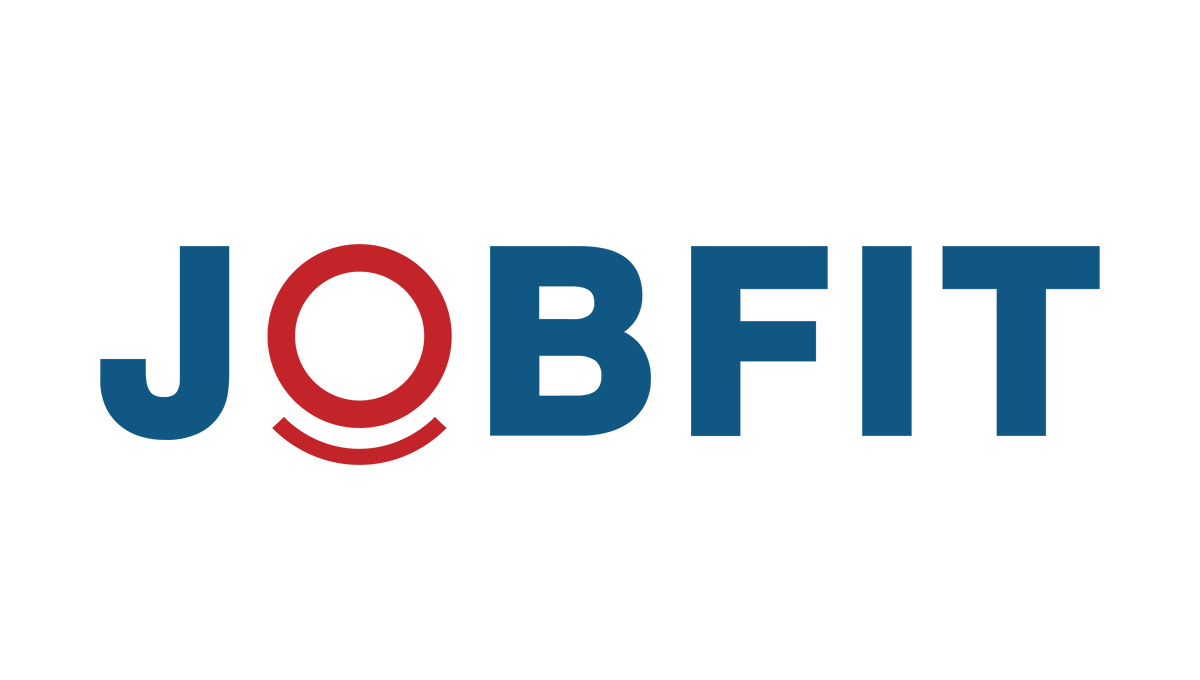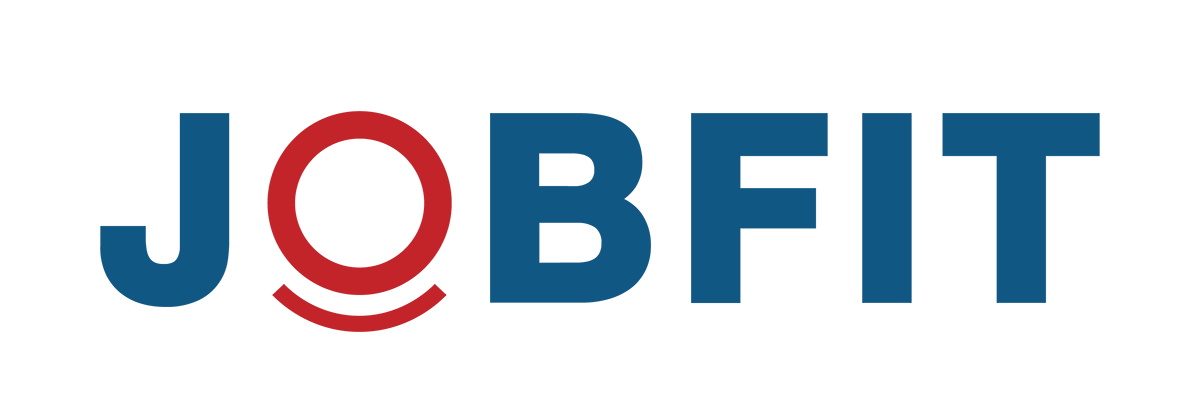Safety critical workers in Victoria are welcoming revised workplace standards for those working at height* or on an elevated platform.
safety critical worker
A safety critical worker is defined as:
Any person whose job involves activities that, if not performed correctly could lead to serious harm or injury to themselves or others AND
Where occupational performance depends on the ability to consistently exercise judgement and insight.
The failure to perform the activity correctly may be due to:
- lack of technical skills
- lack of knowledge
- medical conditions
- physical or functional issues or,
- behaviour attributes
Therefore, any sudden or subtle incapacitation of the worker may compromise their ability to undertake a task defined as essential to safety. Thereby, posing a significant risk to the health and safety of themselves and others, which can result in a major accident hazard that can lead to serious harm or even fatalities.
* ‘Work at height’ means any height more than two to three metres, where there is a risk of fall to cause personal injury.
Specialised medical and functional assessments for safety critical workers are crucial for a safe and compliant workplace. Scroll down to learn about medical assessments for safety critical workers.
New industry standards
WorkSafe Victoria has recently issued Edition 4 of the industry standard for Elevating Work Platforms (EWP), which includes important changes to Part 5.1 – Emergency procedures when using EWPs.
The new standard stipulates in short:
- Due to the importance of a prompt rescue, EWP Operators should never operate an EWP alone.
- A Safety Observer should be appointed to warn the operator(s) of hazards and ensure prompt action to rescue the operator(s).
Deemed a safety critical role, the safety observer must:
- Be trained in the operation of the EWP and licensed where required under the legislation for the type of EWP being operated.
- Have a line of sight to the Operator.
- Be trained in the emergency procedures for that specific EWP.
- Not leave the area until the EWP is lowered to a stowed position and the operator has alighted from the platform
- Be medically fit to perform the role of a Safety Observer for EWP Operators
Working safely with solar panel installation
With the increased uptake of solar energy in domestic and commercial settings, WorkSafe Victoria has published a new series of safety solution sheets to address the risk of working at heights during the installation of solar panels.
Specifically, the fact sheets provide guidance to site managers and workers on topics such as:
- safety at height
- edge protection
- manual handling of heavy and bulky items
- ladder safety
- working near asbestos containing materials
- safe work practices using elevating work platforms
- avoiding falls through skylights, fragile roofs and voids.
Medical Assessments for Safety Critical Workers
A medical assessment for Working at Heights or a Safety Critical worker is designed in order to determine if the worker is able to perform the role in a safe manner from a medical and physical perspective.
To clarify, the medical assessment aims to identify medical conditions or other issues that may impact a worker’s fitness to perform the role. In fact, this can trigger the potential to seek additional information from treating doctors to ensure medical conditions are optimally treated, stable and controlled.
These medical assessments include:
- Comprehensive Medical Questionnaire
- Medical Examination including:
Height
Weight
Blood pressure
Pulse
Urinalysis
- Spirometry
- Audiometry
- Visual acuity testing
- Drug and Alcohol testing
- Functional screen that includes:
Aerobic Fitness (Step test)
Grip strength testing
General strength and mobility
Balance
- Additional investigations / assessment (optional)
Cardiac Risk Score, which includes Blood testing for lipids, glucose and ECG. This can be added for specific roles, workers over 45 years of age or any worker with Cardiac Risk Factors of more than 3.
If you would like to know more, or to arrange medical assessments for Safety Critical workers or Working at Heights, please contact us.


